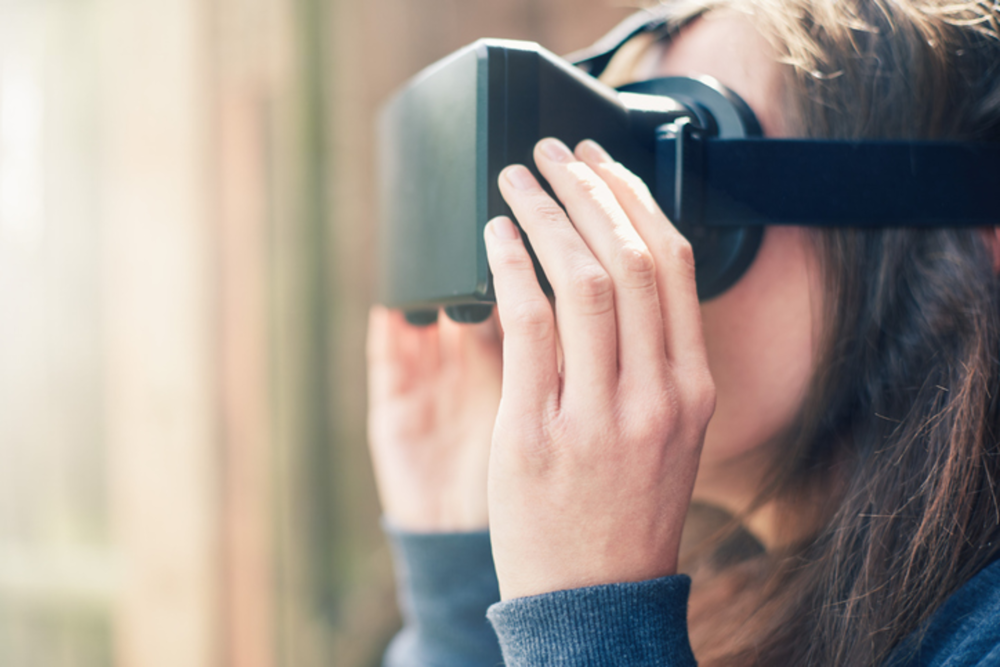Google wants you to experience and build up VR. To that end, it has not only introduced a program and tool for YouTube but come up with new formats for it to make it particularly attractive to marketers. It also reveals how VR can be an effective tool for engagement geared toward persuasion, which is nothing less than the essence of marketing.
In a blog entitled Experimenting with VR Ad formats at Area 120, Google explained that in that inhouse startup incubator, which is designated for innovative exploration, they’ve turned their attention to “experimenting with what a native, mobile VR ad format might look like.”
Bearing in mind that users want their VR experiences to be simple to set up, they came up with the idea of a cube that gives users the ability to choose if they want “to engage with it and then see a video ad.” The video would play either in response to a touch or even a look and can then be closed.
The explanation of how it works is packed into this gif:
Google identifies its guiding standard for VR ad format as:
- Easy for developer to implement
- Native to VR
- Flexible enough to customize, and
- Useful and non-intrusive for users
Google considers what it has seen so far to be promising and seeks to expand experimentation “across Cardboard (on Android and iOS), Daydream and Samsung Gear VR.” To that end, it encourages VR developers, both current and aspiring, to apply to the VR Ads Developer Early Access Program.
Google is also providing new tools to make it easier to create VR effects with a VR app for the HTC Vive and Oculus Rift that it calls Blocks. It comprises six tools to: shape, stroke, paint, modify, grab, and erase. Examples of what people have already made with it can be viewed here.
Google presents its motivation in making this tool set — which is available for free on Oculus Store and Steam — as democratization of VR creation, removing the requirement of attaining “complex software and a specific skillset” for achieving 3D effects. While Google encourages people to play with VR for fun, it also recognizes that it can contribute to effective and persuasive storytelling.
Google News Lab just released a study on how VR can contribute to journalism by enhancing the effectiveness of storytelling, which it calls “storyliving.” As the goal here is to build up emotional engagement over objective data, it certainly applies to what goes into successful marketing as well.
In fact, the description sounds exactly like a description of effective marketing.
The study found that what makes VR distinctive as a medium is that it:
- Conveys the sense that the viewer is “living” the story as opposed to being told it (“storyliving” rather than “storytelling”)
- Allows viewers to expand their perspective and “shapeshift,” and
- Leaves viewers with powerful emotional experiences. The study found that VR is alluring because it provides audiences the opportunity to participate in a story, seek out specific emotional states, and embody someone or something else.
What Google presents as the goal of journalism is exactly what marketers strive for. If VR is what helps them achieve it, and they are given the tools to make VR more accessible, then it naturally follows that we will be seeing an increase in VR marketing ventures in the near future.








